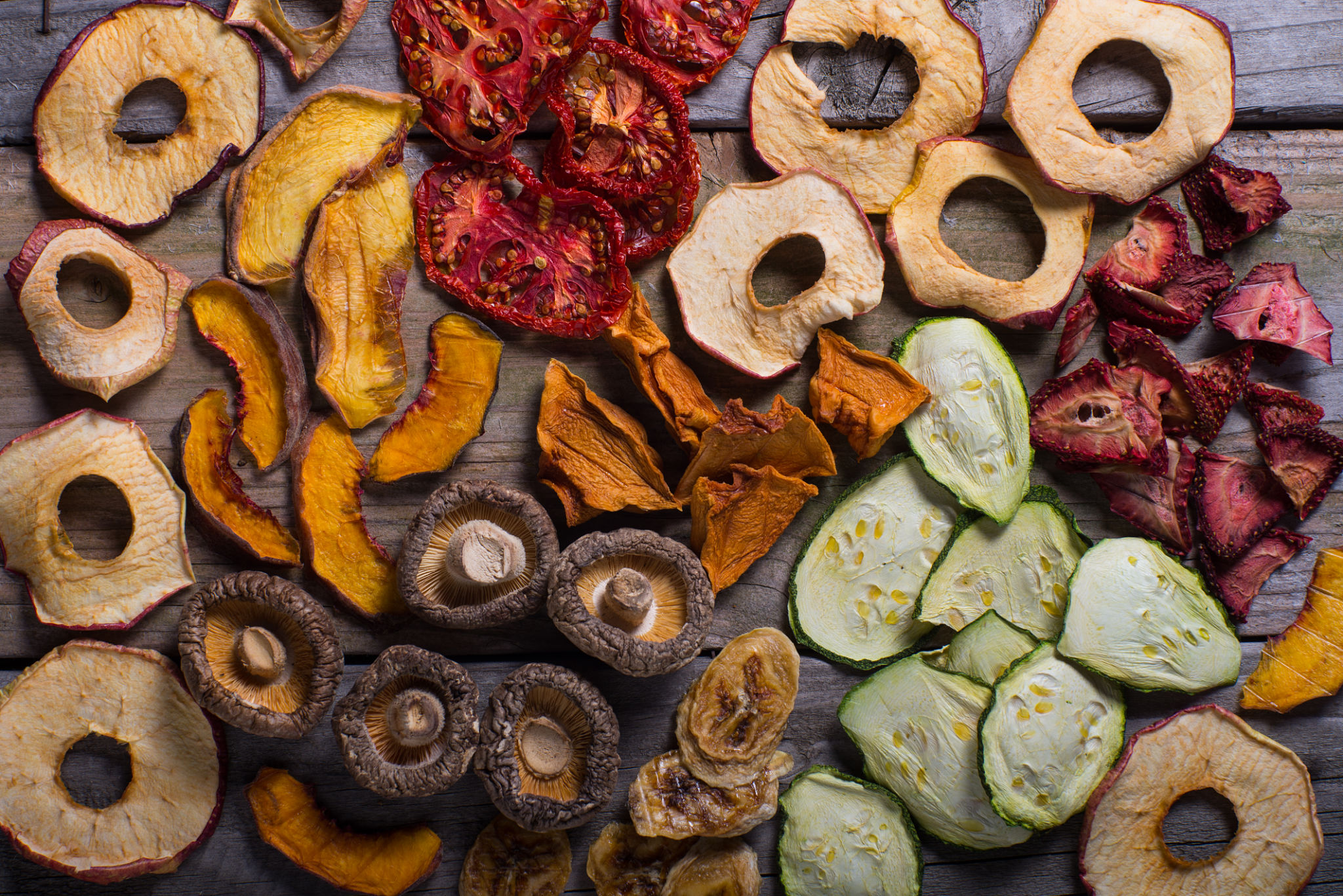Understanding the Environmental Impact of Dehydrated Foods
The Rise of Dehydrated Foods
In recent years, dehydrated foods have gained popularity as a convenient, long-lasting alternative to fresh produce. With the ability to preserve nutrients and flavor without refrigeration, these foods are a staple in many households. However, it's essential to understand their environmental impact to make informed choices.
Dehydrated foods are created by removing moisture from fresh products, thereby extending their shelf life significantly. This process not only reduces food waste but also minimizes the need for preservatives, making it an attractive option for health-conscious consumers.

Energy Consumption in Dehydration
The dehydration process typically involves the use of heat, which can be energy-intensive. Traditional methods rely on sunlight or air drying, but modern techniques often use electricity-driven appliances. This shift raises concerns about the carbon footprint associated with producing dehydrated foods.
While some energy-efficient dehydrators are available, it's crucial to consider the source of electricity. Using renewable energy sources can significantly reduce the environmental impact of this process.
Comparing Energy Usage
- Sun drying: minimal energy but weather-dependent
- Electric dehydrators: higher energy use but consistent results
- Renewable energy: reduces carbon footprint

Packaging and Transportation
Dehydrated foods often come with minimal packaging due to their reduced volume and weight. This can lead to lower transportation emissions compared to fresh produce, which is bulkier and requires refrigeration during transit.
However, packaging materials still play a significant role in environmental impact. Opting for biodegradable or recyclable packaging can further decrease the ecological footprint of dehydrated foods.
The Role of Packaging Choices
Choosing eco-friendly packaging is crucial. Here's how you can make a difference:
- Select products with compostable packaging.
- Support brands that use recycled materials.
- Consider bulk purchasing to reduce waste.

The Benefits of Reduced Food Waste
One of the most significant advantages of dehydrated foods is their ability to reduce food waste. By extending the shelf life of fresh produce, dehydration helps prevent spoilage and ensures that more food reaches consumers instead of landfills.
This reduction in food waste not only conserves resources but also minimizes methane emissions from decomposing organic matter, contributing positively to environmental sustainability.
Conclusion: Making Informed Choices
Understanding the environmental impact of dehydrated foods involves considering various factors, from energy consumption to packaging and waste reduction. By choosing products wisely and supporting sustainable practices, consumers can enjoy the convenience of dehydrated foods while minimizing their ecological footprint.
As we strive for a more sustainable future, every small decision counts. Opting for dehydrated foods with an awareness of their environmental impact is a step towards more responsible consumption.
